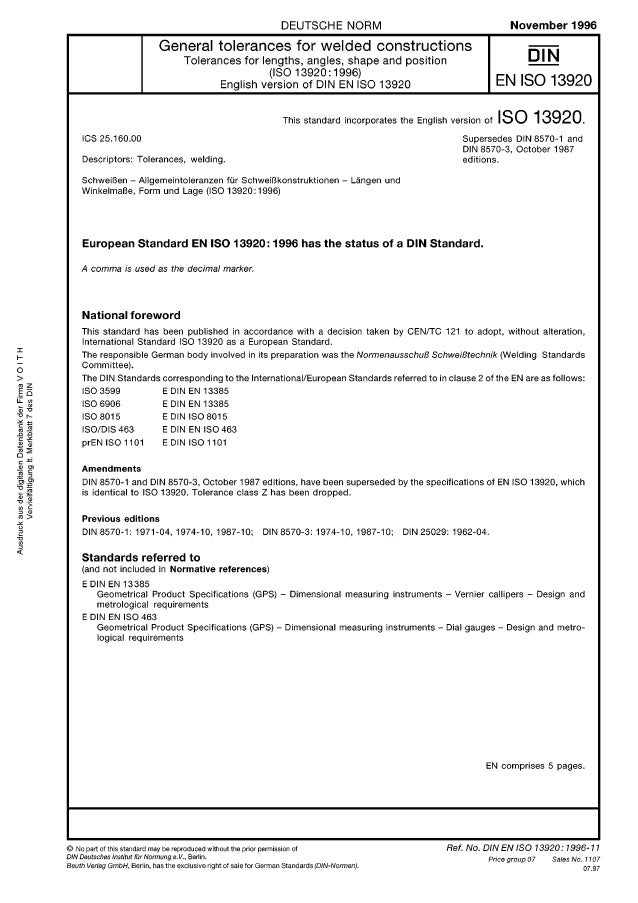

Application of ISO fitting and limit chart, H7.g6. ISO 2768 for the following: Linear Dimensions, External Radius and Chamfer Heights, Straightness and Flatness. The following are general geometrical tolerances per. Link Preferred Fits and Tolerances Charts (ISO) Interference (Press & Shrink) Fit Calculator Precision Measuring Tools For Shaft and Hole Measurements.

Additionally, it defines the basic terminology for fits between two features of size without constraints of orientation and location and explains the principles of “basic hole” and “basic shaft”. It provides a standardized selection of tolerance classes for general purposes from amongst the numerous possibilities. ISO code system for tolerances to be used for linear sizes of features of the following types: a) cylinder b) two parallel opposite surfaces. Geometrical product specifications (GPS) - ISO code system for tolerances on linear sizes - ISO 2. Nominal Dimension and Tolerance Zone for.

ISO Hole Tolerances (ISO 286-2) (3mm-400mm): ISO Hole Tolerances for chart given below shows range between 3mm to 400mm. Electrical component tolerance An electrical specification might call for a with a nominal value of 100 Ω, but will also state a tolerance such as '☑%'. - The free encyclopedia for UK steel construction, covering steel design, Eurocodes, steelwork costs, thermal mass, fire engineering, embodied.

The table below summarises the International Tolerance (IT) grades and the general applications of these grades: Measuring Tools Material IT Grade 01 0 1 2 3 4 5 6 7 8 9 10 11 12 13 14 15 16 Fits Large Manufacturing Tolerances An analysis of fit by is also extremely useful: It indicates the frequency (or probability) of parts properly fitting together. This method of standard tolerances is also known as Limits and Fits and can be found in. For a shaft of the same size h6 would mean 10+0-0.009, which means the shaft may be as small as 0.009 mm smaller than the base dimension and 0 mm larger. The actual amount bigger/smaller depends on the base dimension. The tolerances work in such a way that for a hole H7 means that the hole should be made slightly larger than the base dimension (in this case for an ISO fit 10+0.015−0, meaning that it may be up to 0.015 mm larger than the base dimension, and 0 mm smaller). H7/h6 is a very common standard tolerance which gives a tight fit.


 0 kommentar(er)
0 kommentar(er)
